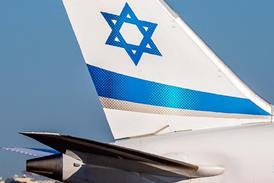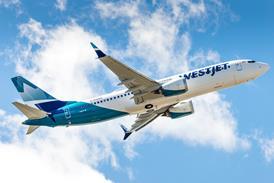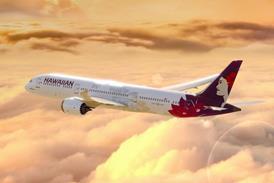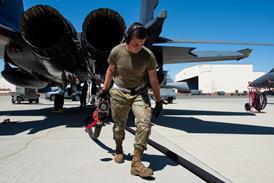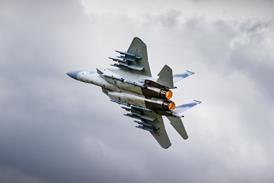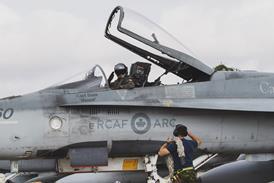BOEING HAS SEVERED its partnership with McDonnell Douglas on the NASA X-33 single-stage-to-orbit re-useable launch vehicle (RLV) just as the space agency is ready to select one of three contestants for continued research-and-development efforts.
By 1 July, NASA is due to pick only one industry team to design, manufacture and flight test an X-33 RLV demonstrator, under Phase II of the R&D programme. Production of a small fleet of full-scale RLVs would begin in 1999. They would be used for Space Station resupply missions and deployment of satellites.
Boeing appears to be hedging its bets on the eventual outcome of the selection, saying that it is now free to offer subcontracting services to whichever company eventually emerges as Phase II winner.
"We have expertise we can offer the Phase II winner, which may or may not be McDonnell Douglas [MDC]," says Boeing.
Three teams were selected early in 1995 to define concepts for an RLV to replace the Space Shuttle. They included MDC/Boeing with a vertical-launch/vertical-landing vehicle derived from the Delta Clipper-Experimental (DC-X) technology demonstrator developed for the US Department of Defense. Rockwell is offering a vertical-launch/horizontal-landing wing body, and the Lockheed Martin-led team's VentureStar combines wingless lifting-body flight and linear-aerospike rocket propulsion in providing vertical take-off and horizontal, unpowered, landing.
Source: Flight International

